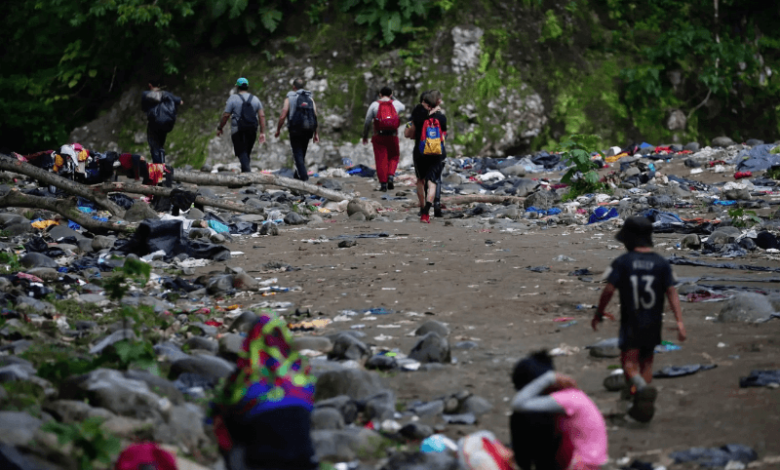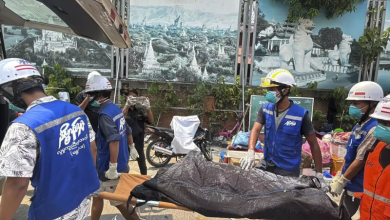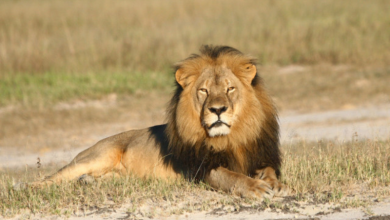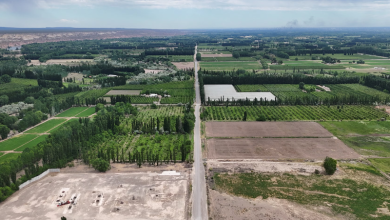Plastic pollution haunts Darién Gap as illegal immigration continues

The region’s isolation and formidable reputation covered with swampy and dense rainforest, part of the Amazon rainforest ecosystem, shielded the indigenous communities for ages but now they are at risk. The stretch of 60 miles or 90 kms is home to 8000 tribals and only the best trained and experienced trekkers of the world have dreaded crossing the region before. But now hundreds of thousands are going through the region.
As a result, the area’s rivers have been filled with human waste, decaying bodies of deceased migrants who failed to cross the region, and of plastic waste and clothes that are left behind by the migrants. The end result is poisoning of the water of the rivers that used to be crystal clear and now is not fit for drinking or using for other household purposes.
A surge in the population since the covid pandemic has changed the course of the migration numbers. In 2019, 24,000 people took the week-long trek to cross the region. The number rose manifold to 250,000 in 2022 and then to a record half a million in the next year.
Human Rights groups such as Amnesty International and Medecins Sans Frontieres are sounding the bell about the immense humanitarian crisis that the people migrating are facing. Thousands of malnourished poorly equipped people succumb to the perils of the tedious journey as they are not prepared enough to do the trek. In addition to this, there are cases of armed bandits robbing the people on the way along with sexual exploitation and much more happening in the course of the journey.
There are cases of illegal people smuggling by armed groups that used to smuggle drugs like heroin before the migration scale grew. After the immense migration rise, the smugglers have started the trade of human smuggling through their illegal routes and charge hefty sums of money for making a passage for the migrants. Local governments have tried to cut in the illegal migrations but with no use and effect. The numbers continue to rise degrading the environment and local pristine ecology along with the communities.



